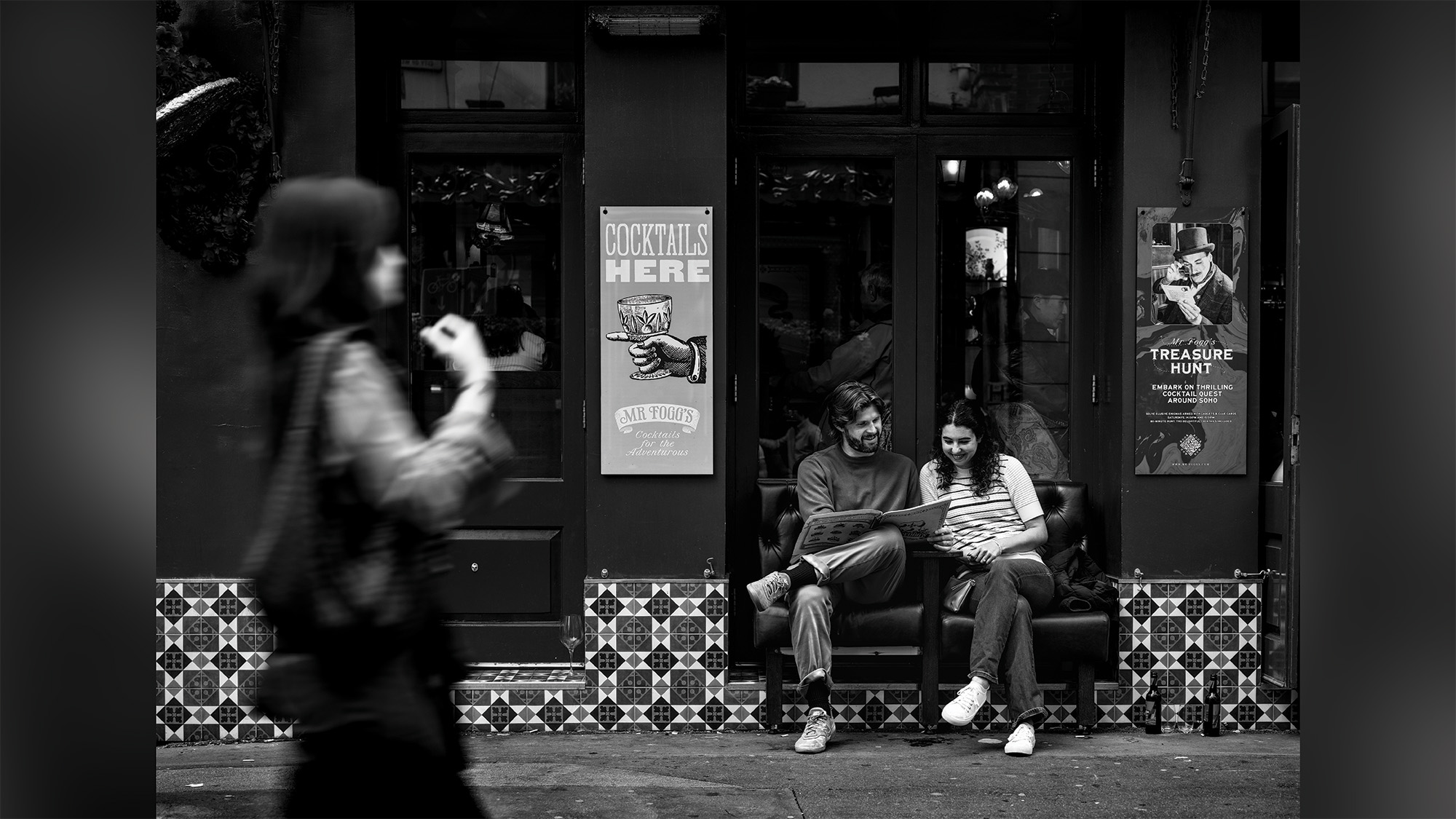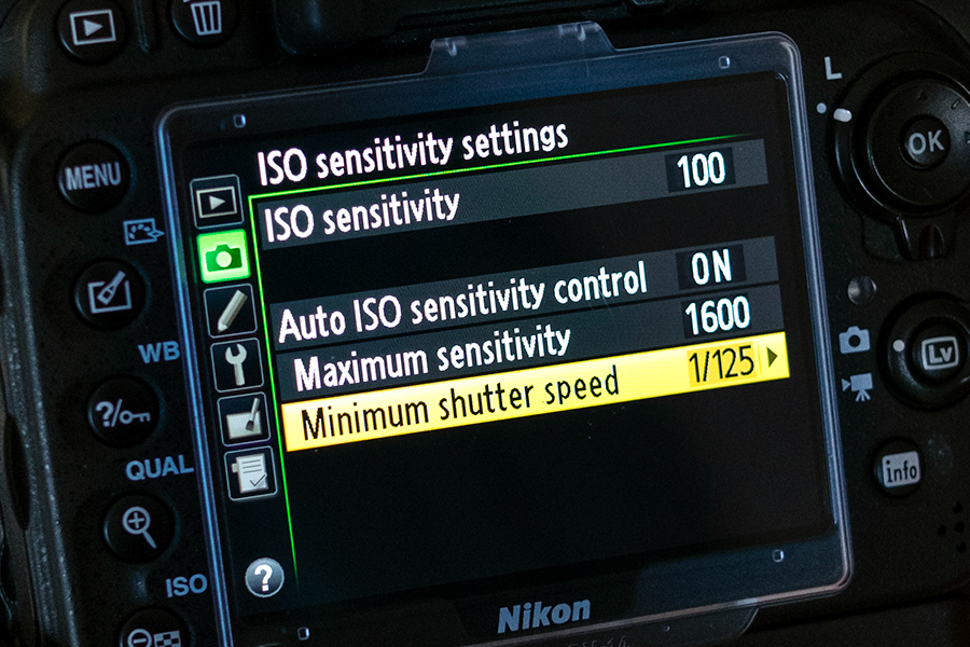How to capture candid street photographs like a pro
Stay ahead of the curb, learn to capture candid street photography with these streetwise tips

Learning how to capture candid street photography is really exciting because you never know what images you're going to come home with. And while it certainly helps, you don't need the best camera for street photography, either. Any camera and a standard lens will serve you very well indeed. Heck, you could even use one of the best film cameras if you're so inclined.
But while street photography is one of the most accessible genres, it's also one of the most challenging to excel at. After all, you and your camera have to be able to react to the world around you. It's something you can't plan ahead for, but you can plan for success and hope for the best. Here are my top tips...
1. Pack light
Street photography is about observing your surroundings and reacting to the situations that unfold. You may find yourself covering a large distance, so a light kit bag is essential. Some street photogs swear by a 'nifty fifty' 50mm lens on its own, others prefer a couple of primes or a standard zoom. Just don't bring the kitchen sink.
• Read more: The best lens for street photography
2. Camera settings

Street photography is all about being reactive to your surroundings. Know your camera inside and out, and consider using a semi-automatic mode such as Aperture Priority or Manual mode with Auto ISO to help out. Amend your exposure settings as you move around, too, so that you're always ready to react and shoot.
3. Focus and recompose
The focus-and-recompose method is precise in thick crowds. Use single-point AF, keep the focus point centered and lock onto your subject with AF-S. Keep the shutter button half pressed so it doesn't refocus while you recompose – without moving forwards or backwards – and take the photo.
4. Remain inconspicuous
Avoid anything that draws attention, such as a huge camera, kitbag or tripod. If your camera has a tilting screen, flip it out and use it as a waist-level viewfinder. Finally, get used to dialling in your settings before you raise the viewfinder to your eye, so you can quickly take the photo and move on to your next scene.
5. Black and white
You can offset busy urban locations by working in black and white. A mono conversion is a great way to simplify a scene by muting colorful distractions. However, color images can be extremely powerful, too. Look for contrasting or complementary colors to inject uniformity across busy street scenes.
• Read more: I don't shoot anything in color, and it's the best photography decision I've ever made
Get the Digital Camera World Newsletter
The best camera deals, reviews, product advice, and unmissable photography news, direct to your inbox!

Mike is Digital Camera World's How To Editor. He has over a decade of experience, writing for some of the biggest specialist publications including Digital Camera, Digital Photographer and PhotoPlus: The Canon Magazine. Prior to DCW, Mike was Deputy Editor of N-Photo: The Nikon Magazine and Production Editor at Wex Photo Video, where he sharpened his skills in both the stills and videography spheres. While he's an avid motorsport photographer, his skills extend to every genre of photography – making him one of Digital Camera World's top tutors for techniques on cameras, lenses, tripods, filters and other imaging equipment – as well as sharing his expertise on shooting everything from portraits and landscapes to abstracts and architecture to wildlife and, yes, fast things going around race tracks...
